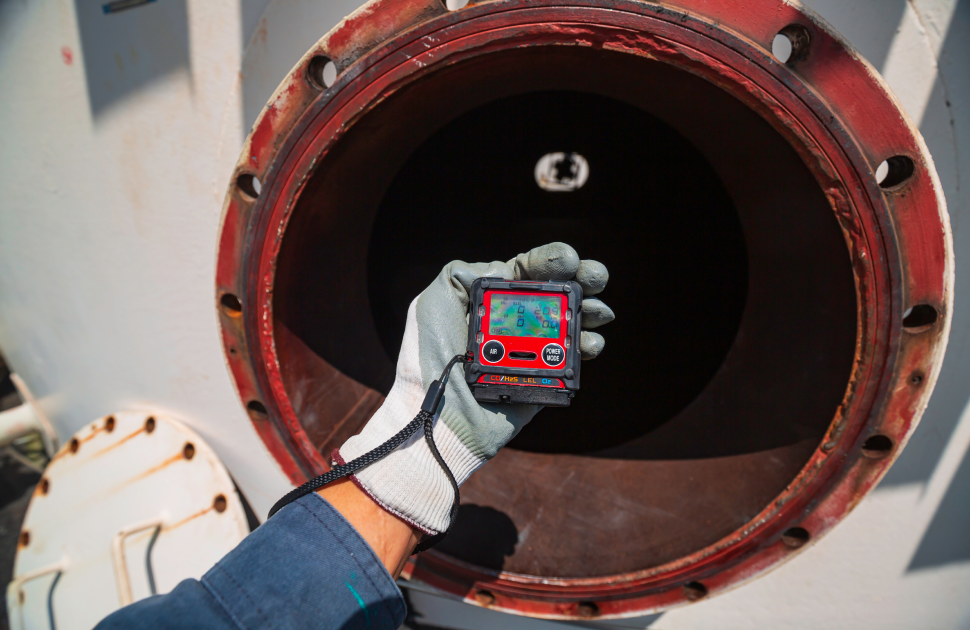Non-destructive testing (NDT) has become an essential part of evaluating the properties of materials and components without causing any damage to them. This method is widely used across industries such as aerospace, construction, manufacturing, and oil and gas, among others. NDT equipment plays a critical role in performing these tests and inspections, and it is necessary to have an understanding of the equipment used in NDT.
One of the most common types of NDT equipment is ultrasonic testing equipment. This equipment uses high-frequency sound waves to examine the internal structure of a material or component. Ultrasonic testing is particularly useful in detecting defects such as cracks, voids, and other discontinuities in a wide range of materials, including metals, plastics, and ceramics. It works by sending a high-frequency sound wave into the material being tested, and the wave is then reflected back to the equipment. The reflected wave can then be analyzed to determine the presence of defects.
Radiographic testing equipment is another commonly used NDT equipment. This equipment uses X-rays or gamma rays to create images of the internal structure of a material or component. Radiographic testing is particularly useful in detecting defects such as cracks, voids, and other discontinuities in a wide range of materials, including metals, plastics, and ceramics. It works by exposing the material being tested to a controlled source of radiation, and the radiation passes through the material and creates an image on a film or digital detector. The image can then be analyzed to determine the presence of defects.
Magnetic particle testing equipment is used to detect surface and subsurface defects in ferromagnetic materials. It works by creating a magnetic field in the material being tested and then applying a magnetic particle solution to the surface of the material. The magnetic particles will then be attracted to any defects in the material, making them visible to the inspector.
Visual inspection equipment includes borescopes, fiberscopes, and endoscopes, which are used to inspect internal surfaces that are not visible to the naked eye. These devices consist of a flexible or rigid tube with a light source and camera at the end, which is inserted into the material being tested. The camera captures images of the internal surface, which can then be analyzed for defects.
Penetrant testing equipment is used to detect surface-breaking defects in a wide range of materials, including metals, plastics, and ceramics. It involves the application of a liquid penetrant to the surface of the material, which is then removed and examined for the presence of defects. Penetrant testing is particularly useful in detecting surface defects such as cracks, porosity, and laps.
Eddy's current testing equipment uses electromagnetic fields to detect subsurface defects in conductive materials. It works by inducing an alternating current in a coil of wire, which creates a magnetic field around the material being tested. Any discontinuities in the material will cause changes in the magnetic field, which can be detected by the equipment.
Acoustic emission testing equipment uses sensors to detect and locate specific types of defects such as cracks, corrosion, and leaks in pressurized systems. It works by detecting the sound waves generated by the material when it is under stress. The sensors can detect the specific frequencies generated by different types of defects, allowing them to be located and identified.
In conclusion, NDT equipment plays a critical role in the evaluation of materials and components across various industries. These methods include ultrasonic testing equipment, radiographic testing equipment, magnetic particle testing equipment, visual inspection equipment, penetrant testing equipment, eddy current testing equipment, and acoustic emission testing equipment. It is essential to understand the principles and limitations of each method and ensure that the equipment is properly maintained and calibrated to ensure accurate results.










